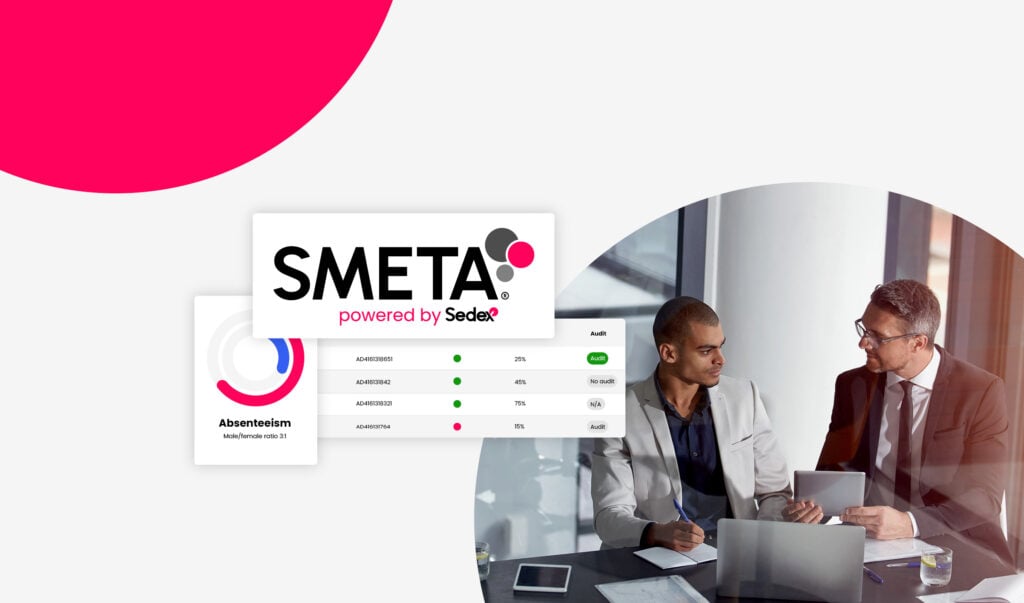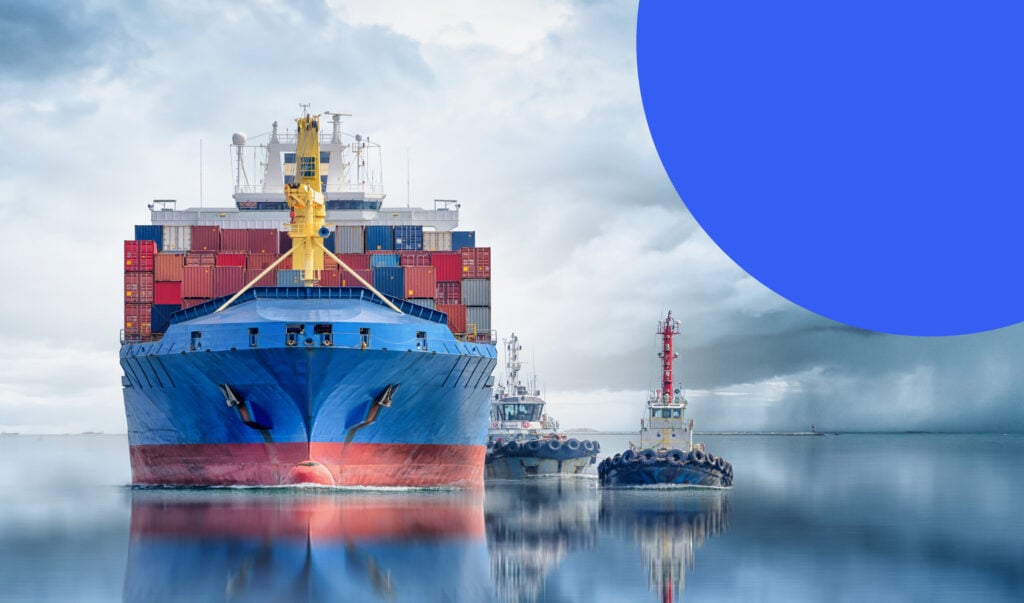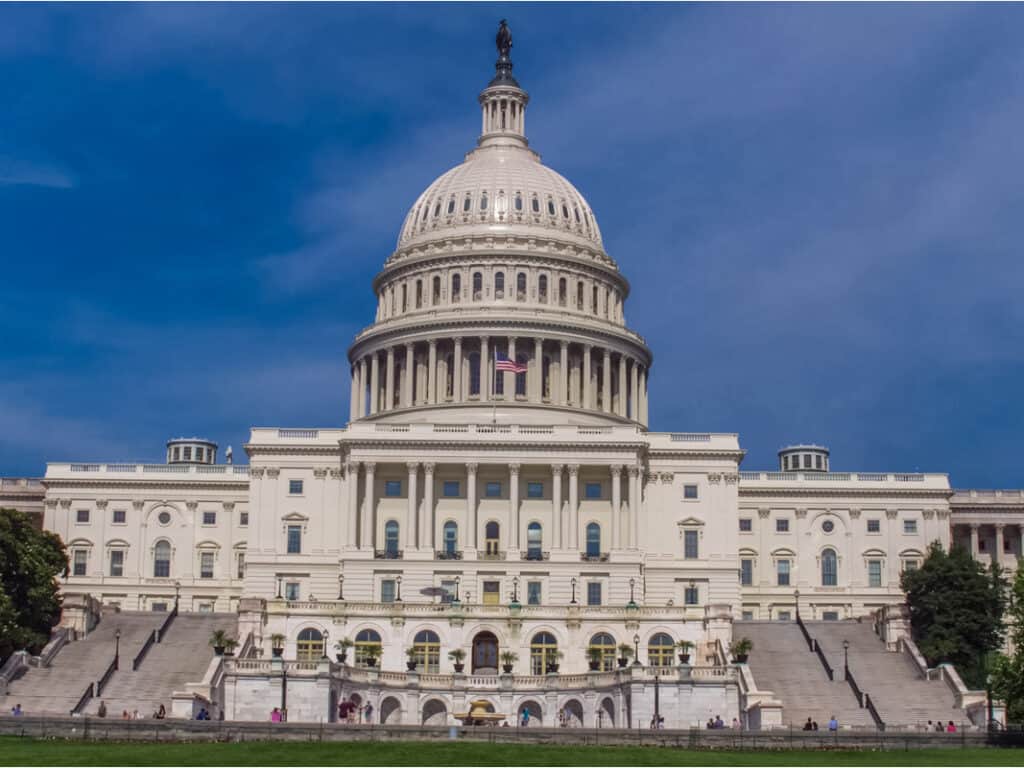Driving responsible, sustainable practices in the lower tiers of supply chains
In early June, Sedex’s Walter Lin spoke at the UN Responsible Business and Human Rights Forum (Asia-Pacific), discussing the challenges and solutions for reaching small businesses in the lower tiers of supply chains.
Around the world, many brands’ responsible sourcing activities are developing into established programmes with ambitious targets and commitments.
Hitting these targets may require businesses throughout a brand’s supply chain to make changes to their operations. But the further down into the supply chain you go, the harder it is to understand whether suppliers’ practices support or hinder these goals.
Suppliers beyond the first two tiers of supply chains are often small businesses operating far away from the international brands that are their customers.
Lower tier suppliers can be spread across dozens of countries and sectors, sometimes in regions where labour law enforcement is weak and may be far from the sight of inspectors and social audits.
This makes it harder for brands to assess operational practices and working conditions. Yet this assessment is critical for brands to help them understand what must change in their supply chains to reach their responsible sourcing targets.
Sedex’s Managing Director in Asia, Walter Lin, joined a panel at the UN Responsible Business and Human Rights Forum to discuss driving responsible practices through the lower tiers.
Key points
- Better visibility of suppliers in lower tiers is vital
- “Sustainability” is a less familiar concept to these businesses
- Small businesses don’t have the same resources as big buying organisations
- We must empower Tier 1 and 2 suppliers to take ownership of sustainability
Better visibility of suppliers in lower tiers is vital
Sedex understands from our data that one of the biggest challenges for buyer companies is identifying lower-tier suppliers in the supply chain.
Beyond their direct supplier relationships, it is harder for companies to see what other businesses are in their supply chains. They don’t have direct contracts with these indirect suppliers, so it is harder to understand their business practices or know if they have committed to a Code of Conduct.
Solution: work with Tier 1 suppliers to identify, gather information on, and engage with the suppliers in the lower tiers
Mapping the lower tiers of a supply chain allows buyer organisations to assess risks and working conditions at these suppliers’ sites. This enables them to make informed decisions about where to take effective action to manage the most critical issues.
“Aim to build long-term partnerships and communication channels with all suppliers, providing ways for businesses and workers in lower tiers to contact your business directly.”
“Sustainability” is a less familiar concept to these businesses
The world of “responsible sourcing” and “corporate sustainability” can be unfamiliar to the small businesses further back in the supply chain.
Feedback from Sedex members tells us that these concepts and terms feel very remote for these businesses. They may not have heard of them at all – or, if they have, they struggle to understand how these concepts are relevant to them and what the benefits are.
Requests for more “responsible” operations sound daunting to small businesses – but they will already be familiar with some of the processes that are integral to sustainable business practices.
Solution: help small businesses understand what “sustainability” means in practical terms, and what the benefits are for them
Buyer companies and brands can help businesses in the lower tiers to understand these unfamiliar terms by making it clear how they connect to existing activities. They can show how processes that small businesses already have in place, such as management systems for health and safety or the environment, are core components of sustainability.
Train and educate suppliers in all tiers about the benefits of environmentally and socially sustainable operations. Use examples from suppliers’ industries and countries to help them see that these benefits are achievable.
“The main benefit that will capture smaller businesses’ attention is that sustainable, responsible operations will help them to meet existing customer demands and be attractive to new customers.”
Other benefits for operating a more responsible business include:
- Reduced running costs through using resources more efficiently
- Reduced injury rates, absence rates and error rates through protecting workers’ physical and mental health
- Supporting local communities through providing decent work, which also helps a business build a reputation as a good employer.
For example, factories working with the Business for Social Responsibility’s (BSR) HERproject – an initiative to drive gender equality in supply chains – have seen a 22% decrease in product errors[i].
Small businesses don’t have the same resources as big buying organisations
Small businesses in the lower tiers are less likely to have people who can spend time on training, developing the skills or understanding the frameworks that help a business operate more responsibly. They will have fewer funds available for upfront costs – like investing in training, qualifications, or different equipment.
On top of this, we know that requirements for companies to operate in a more sustainable way are passed down the tiers in supply chains. This can result in a big impact on small suppliers who are less equipped to manage these requirements. For example, an increase in reporting or administrative activities is harder for a small business to absorb.
We know from discussions with our members that businesses in the lower tiers are concerned about these things in the push for more sustainable operations.
Solution: ensure support for businesses in the lower tiers
Buyer businesses need to support their direct and indirect suppliers to make the changes that will help them become more sustainable.
We encourage companies to collaborate with the suppliers in all the tiers of their supply chains – to build relationships with them, train them on different social and environmental issues and help them to address them. Consider ways that support such as training and guidance materials can reach beyond first and second tier suppliers.
Ask these suppliers what kind of support would help them to be more sustainable. Include Tier 1 and 2 suppliers when discussing these requests to identify solutions that work for everybody.
Buyers should also review their own procurement operations to make sure suppliers are supported with responsible purchasing practices and prices that enable adequate wages throughout the supply chain.
We must empower Tier 1 and 2 suppliers to take ownership of sustainability
To promote sustainability in the lower tiers of supply chains, buyer companies must enable Tier 1 and 2 suppliers to manage this in their own supply networks.
Solution: provide guidance and training to Tier 1 and 2 suppliers
Buyers can support their first and second tier suppliers with the knowledge and skills to drive more sustainable operations with suppliers in the lower tiers.
We have seen companies like IKEA and H&M start to change their approach to responsible sourcing, from a traditional audit-led focus to empowering suppliers to manage their own social and environmental sustainability goals.



